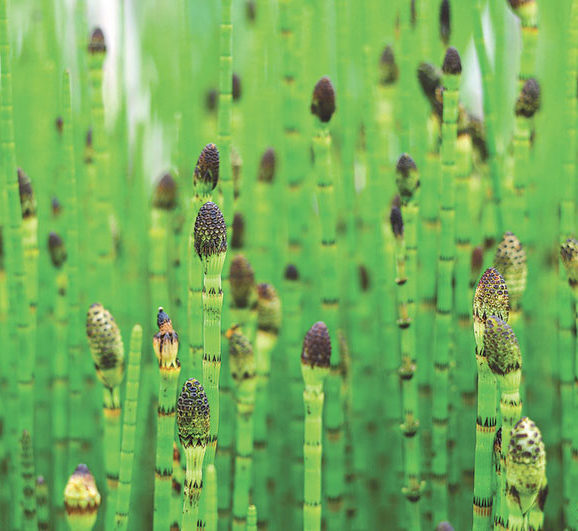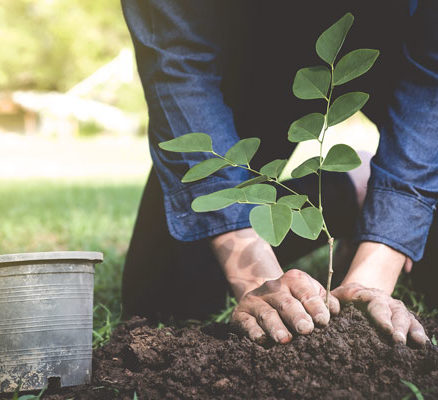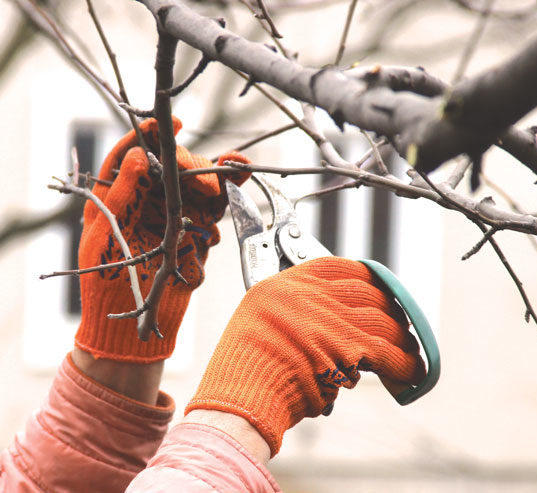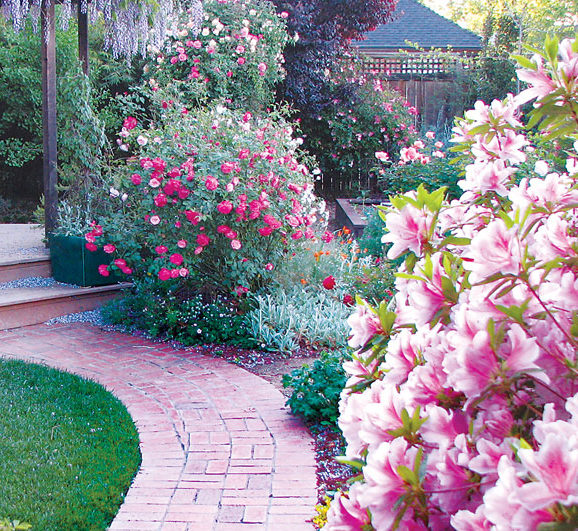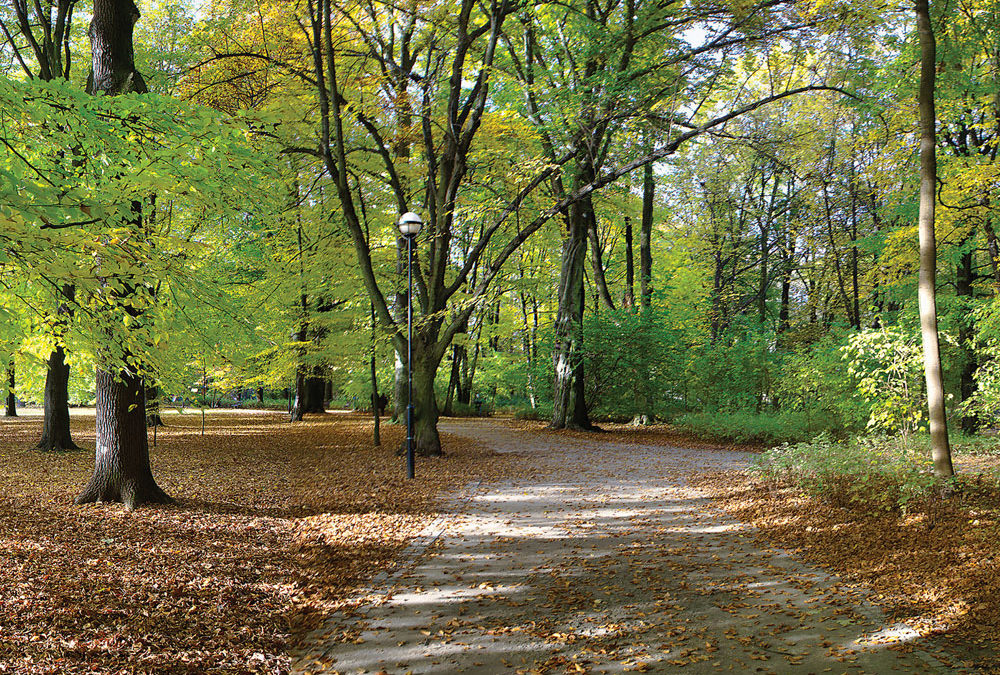
Mar 28, 2020
The renaissance of the Sacramento Historic City Cemetery is a remarkable volunteer success story. In the words of the Cemetery Master Plan, the cemetery was “barren and lifeless” until volunteers transformed a “neglected burial ground to a vibrant historic cemetery that is a horticultural attraction.”
The plan states a vision for the historic cemetery, recognizing three major areas devoted to gardens: Historic Rose Garden, Hamilton Square Perennial Garden and California Native Plant Demonstration Garden.

Feb 26, 2020
It’s bad enough that we have to fight weeds or deal with unsuitable plants that we inherited when we bought our properties. It’s worse if you are the one who innocently planted something that has turned into a monster. Plants that are described as “vigorous” may be ready to take over your yard. Some grow too big, too fast. Others have roots that spread aggressively. Still others spread by seed.
I don’t really consider plants “invasive” that are easy to remove. California poppies, sweet peas and other plants that self-seed can be readily pulled out if they pop up in unwanted places.

Jan 28, 2020
My husband says it’s like being married to Pigpen, the notoriously dirty character in Peanuts.
I might be cleaned up and ready to go out for the evening, but then notice a plant that needs water or run into the garden to check something. The next thing I know, my shirt is wet and smudged, my fingernails are grungy and there is debris in my hair. There have been occasions when I have had to wash up and change clothes twice before we finally pull out of the driveway.
I simply can’t stay clean.

Dec 30, 2019
You can’t just plant and forget a landscape tree. Even if you’ve carefully planted it in the best possible spot, your job isn’t done. According to Pamela Sanchez of the Sacramento Tree Foundation, you need to make a commitment to properly train and maintain your new tree for at least eight years. Just as you must instill good behavioral habits in a child or puppy, establish good growth habits in a young tree.
Trees grow in the wild without any human intervention. Our standards are higher for a tree that is growing in our yard. Attending to a tree’s structure improves its health, safety and aesthetics. Just as a stitch in time saves nine, a snip (or several) will save you time and money over the many years of a tree’s life.

Nov 28, 2019
My two yards are like a mullet: business in the front and party in the back. I’ve never gotten around to converting my scruffy front lawn to a more interesting water-efficient landscape, but my husband and I have created our personal paradise in the back.
I didn’t mean to keep it a secret, but only a small circle of family and friends usually see it. Our garden was designed for my obsession with plants and my husband’s addiction to tomatoes, not for garden tours or large-scale entertaining.

Oct 29, 2019
Whenever I hear a chainsaw buzzing in my neighborhood, my heart sinks and my stomach clenches. Are we going to lose yet another beloved shade tree?
My husband and I see ghost trees everywhere in our East Sacramento neighborhood, remembering majestic giants that once filled the now-empty sky and shaded summer-sizzling sidewalks and yards. These trees weren’t ours, but we loved them and miss them still.


